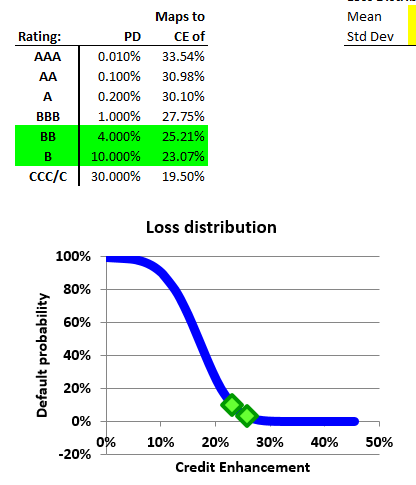Hi All, newbie here 
My first question is on SPVs and DPCs (I couldnt find a relevant thread and hence starting a new thread). Although, the two are largely irrelevant in today's market, I have the following questions on them:
1. It is mentioned that SPVs and DPCs are rated separately by the credit agencies. What is the mechanism to rate the SPVs and DPCs?
2. I understand that the capital allocation for these entities is off-balance. Will the liabilities (for example, principal of a bond) account for the capital allocation to these entities?
Thanks!

My first question is on SPVs and DPCs (I couldnt find a relevant thread and hence starting a new thread). Although, the two are largely irrelevant in today's market, I have the following questions on them:
1. It is mentioned that SPVs and DPCs are rated separately by the credit agencies. What is the mechanism to rate the SPVs and DPCs?
2. I understand that the capital allocation for these entities is off-balance. Will the liabilities (for example, principal of a bond) account for the capital allocation to these entities?
Thanks!

 (... have been busy updating videos....). Newbie? Welcome
(... have been busy updating videos....). Newbie? Welcome  In regard to your questions:
In regard to your questions: